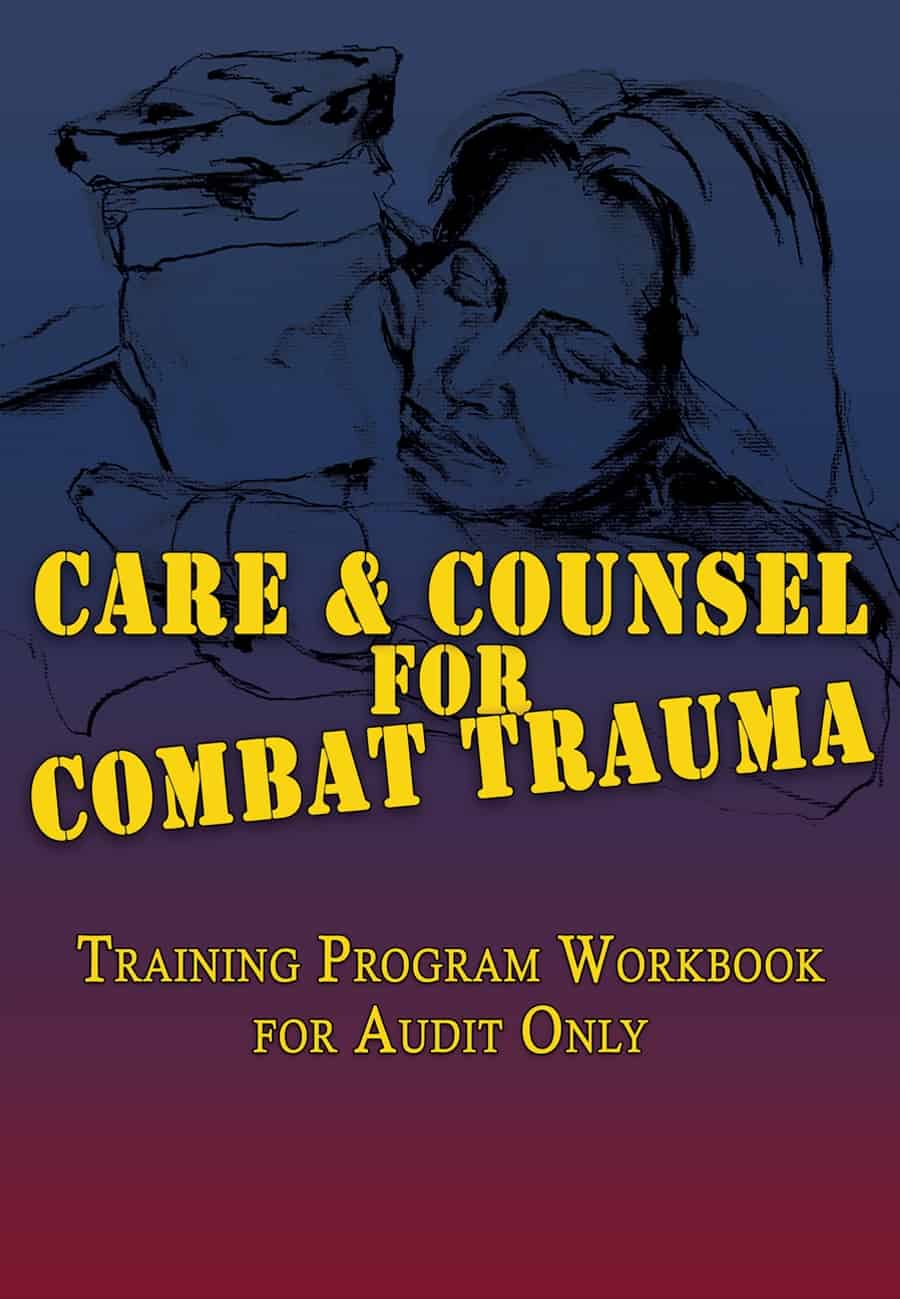Creating the Right Environment for Small Groups

An important element in every small group is the mood or tone. The group environment can enhance (or sometimes hurt) your group members’ experiences. A comfortable environment can help your members feel not only more physically relaxed but also more comfortable sharing personal things.
Keys to Creating an Engaging Environment
-
Meet in an informal and accessible location.
A great place to meet is in someone’s home. Locations such as a church may intimidate new group members, especially if you are leading a group with mixed spiritual backgrounds. If your home is far away from your group members or not able to accommodate the group, consider asking a group member to host at their house. -
Think about the people you want to come to your group and their lifestyle when you choose a meeting time.
If you are leading a group of co-workers, immediately before or after work may be best. If your group is students, consider that many may not want to wake up for a 6 a.m. meeting. If people in your group have young children, they may not want to be out too late. -
Arrange the seating so everyone can easily see one another.
Sitting in a circle at the same level will help. Also, be aware of the distance separating each member. Try to sit close enough so each person has eye contact and can hear one another easily, but not so close that people feel uncomfortable or that their personal space is being invaded. -
Take steps to minimize distractions and interruptions.
Remind people to silence their phones. If your group members have kids, try to make sure someone (not in the group) is looking after them in a completely separate room or floor so the kids aren’t constantly coming in and out. -
Provide snacks (especially in the first few weeks)
to help warm up the group and give people something to do at the beginning of the meeting. After your group gets going, you can have members take turns bringing snacks. -
Make sure you have good lighting
to create a warm feeling. No one should have to look into the sun or toward a bright window. If there’s not enough light, sleep-deprived group members may have trouble staying awake. -
Bring extra Bibles.
Some members may forget to bring one or won’t have a readable translation.
In addition to the physical environment, make sure you create a positive interpersonal environment. As the group leader, make sure you welcome everyone who comes and let them know that you are genuinely glad they are there. In the discussion, you set the tone and can facilitate people talking with each other instead of looking to you for answers. Make sure people feel like they are part of a conversation, not attending a sermon.
Developing the right environment helps establish a sense of belonging. The environment will influence how people feel about your group, how well they learn, and sometimes, even if they will come back.
Next Steps:
Think about the atmosphere you‘ll be creating in your small group and determine what you need to do to prepare for your group.
-
What can you do to communicate to the people who come that this is a safe and welcoming place?
-
How can you help people be comfortable?
-
How can you minimize distractions?
-
What conditions will enhance learning?
Learn More About Leading Small Groups:
-
Check out “The Ultimate Roadtrip: A Guide to Leading Small Groups” for an in-depth discussion of this topic and many other crucial topics for small group leaders.
-
Sign up to receive weekly tips about leading a small group.
-
Check out our small groups page for more content that will help equip you to be an effective small group leader.
© 2010, CruPress, All Rights Reserved. CruPress.com



























